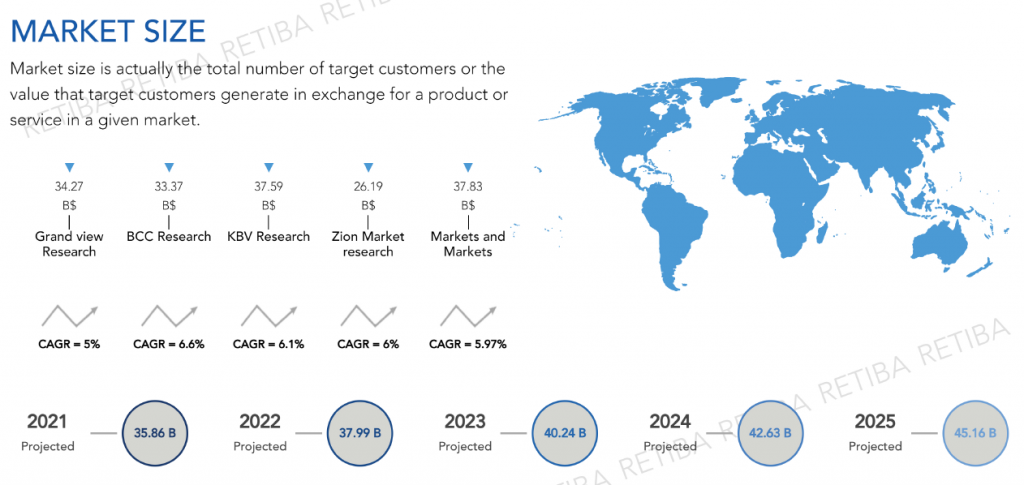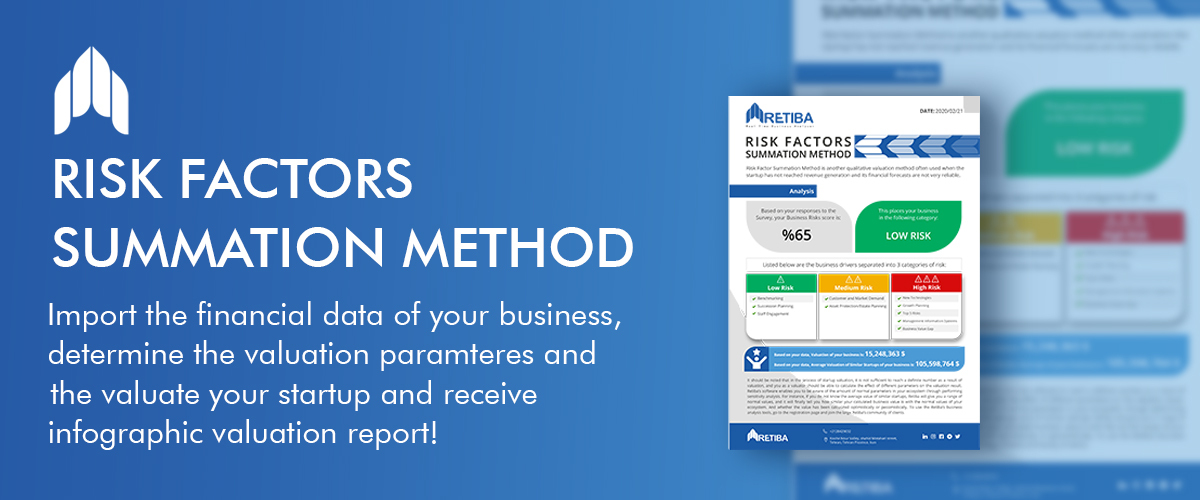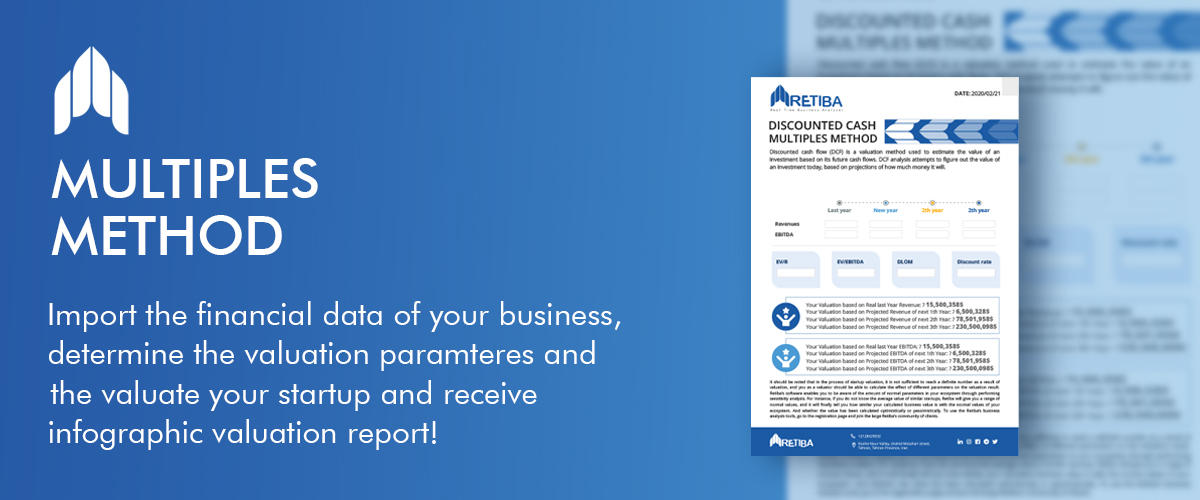With the increase in food trade between different countries, the consumption of new and strange foods has also gone up, so it is expected that the amount of waste in these foods will also have an upward trend. According to the Food and Agriculture Organization of the United Nations, one-third of all food is discarded and disposed of annually, so various countries are trying to enact strict rules for food waste management, which will lead to the growth of the food waste management market.
Table of Contents
Market / Industry segment of food waste management

| Base Year | Market size(B$) | Duration(YEAR) | CAGR(%) | Source Name |
| 2019 | 32.64 | 7 | 5% | Grand view research |
| 2016 | 30 | 6 | 5.97% | Market and market |
| 2017 | 31.47 | 6 | 6.10% | KBV research |
| 2017 | 21.99 | 6 | 6% | Zion market research |
| 2019 | 31.3 | 5 | 6.60% | BCCresearch |

Influencing factors that changes market size of food waste management
The size of the market value changes under the influence of many factors; the increase and decrease in the rate of these influential factors leads to changes in the value of the market size, which is provided by direct and reverse drivers in the market of food waste management.
Direct drivers:
- High access to healthy and inexpensive food
- Awareness of environmental problems
- Building culture in media
Reverse drivers:
- Lack of public awareness

Your startup has crossed Death Valley, and it has had at least 2 funding rounds? Discounted Cash Flows (DCF)
Your startup has had at least one funding round, you are advised to use Multiples method for valuation.
Your startup is at pre-seed and seed funding rounds, you are advised to use the Score Cards Method, Risk Factors Summation method to value your startup.
This market may also be threatened by following risks:
High cost of scientific disposal and waste management systems
In all different markets and industries, risk is always one of the factors that business founders should be sufficiently aware of. The first step is risk assessment is identification of risks in the market in order to perform risk management. The market of food waste management may also be threatened by following risks:
- Technology risk
- Manufacturing risk
- Stage of business
- Funding risk









